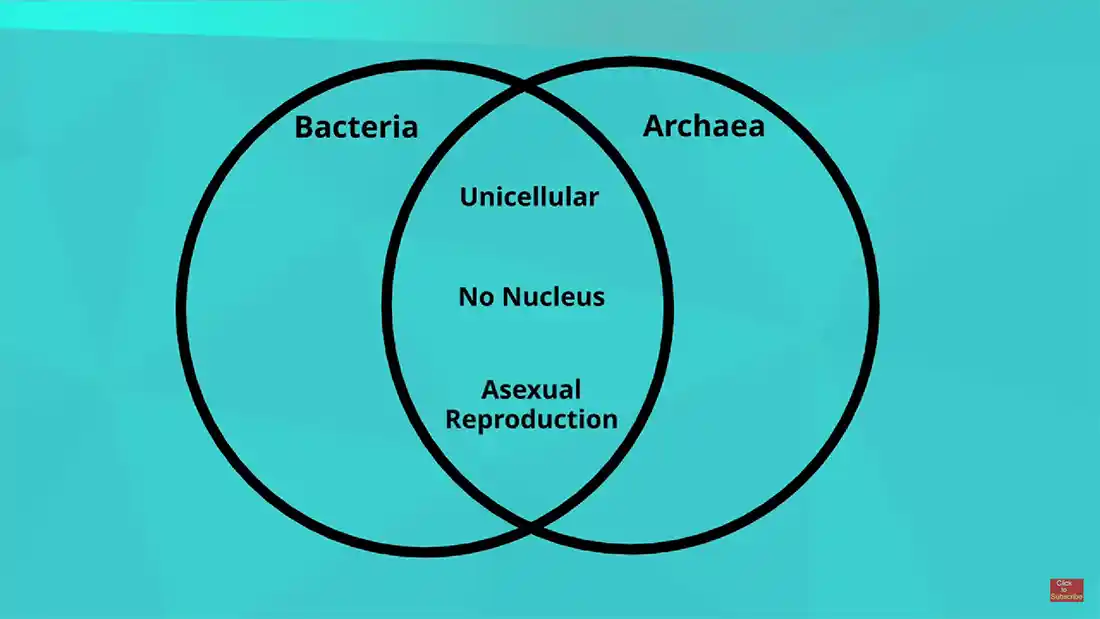

Bacteria, domain of life, eubacteria, single-cell organism, intelligent bacteria, prokaryote, microbiological, fungi, protozoa, algae, parasitic, aquatic, plankton, Chlorphyll A, B, C and D.
If you've read about archaea, you will know that bacteria and archaea are closely related single-celled organisms called prokaryotes. If not, well, they are.
Bacteria is a single-celled organism. Some are good, some are bad. We like the good ones, as they can help with our digestive system, for instance (just drink some Yakult, you'll understand what I mean). Bacteria can also cause us, specifically, illnesses. They are microbiological, and can multiply at a phenomenal rate.

It is better to use hand towels to remove bacteria from your hands when you wash them than to use an automatic hand dryer. This is because the bacteria is already in the moist environment, whereas using the towels, being dry, they decrease the amount by up to 65%.
You may be thinking, hang on a minute, there are different types? Yes. Simply put, there are different types. Six, in fact. And they include:
Fungi fall into both bacteria brackets and eukaryote brackets. This is because they are both a single-celled organism, and multi-celled organism (the ones you pick up in the supermarket, and are more commonly called mushrooms).
Another class of single-celled organism, protozoa are sometimes parasitic, meaning that they live in other plants or animals, including humans. An example of protozoa is called Malaria.
Another type of bacteria, this time, a fairly aquatic type, where they live in sea or fresh water, and include the type plankton, where they float with the swell of the wate, or attached to the bottom. There are many strange habitats where they can grow, like in soil, on fungi (this forms lichen), and also on hair.
One significant factor of these bacteria is the fact they produce their own food by source of photosynthesis. They have a pigment within them called Chlorophyll A (there are other types - B, C and D). This is why when you see them in the water, they glow with a green or blur hue.
Much the same as archaea, bacteria also have simplified cell structures, with no nucleus, and this enables them to grow quickly (up to 20 minutes at a time). They can also live in some extreme environments too (extreme heat, cold, space).
The following still is from a video on archaea, with the following details:
Please click on the image to view the video.

So we know about these, easily. They are the type of bacteria that will infect us and make us feel worse as a result. They are bacterial pathogens that infect us - E.coli is a bacterial pathogen - and there are several different types.
There are also good bacteria. For this example, we will refer to Yakult. They are bacteria that interact with the digestive system, and research has shown them to relieve constipation if drank daily, as well as help maintain a healthier gut flora.
Activities that can be used in the classroom.

Disclaimer | About Me | Sitemap
Website design by SyntaxHTML.



Blue icons adapted from icons courtesy of Smashicons.com